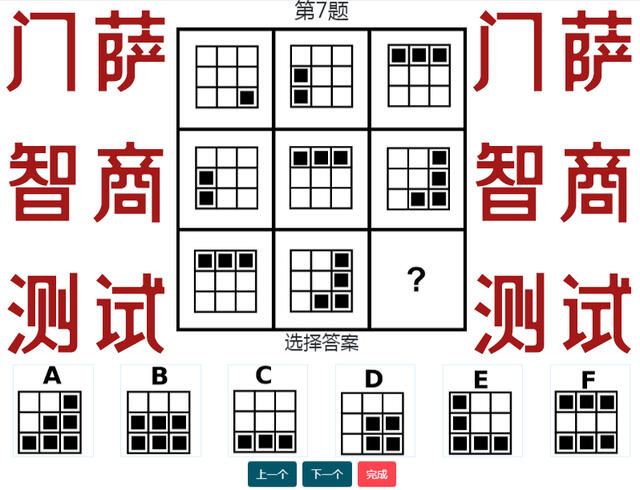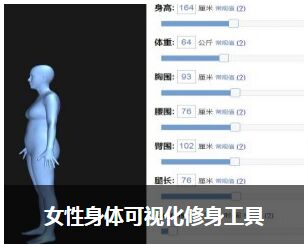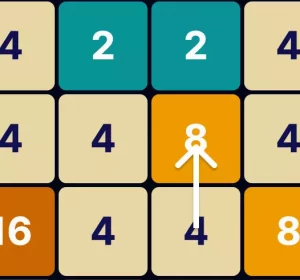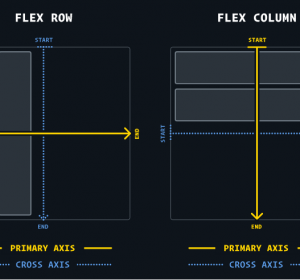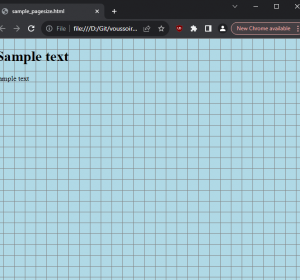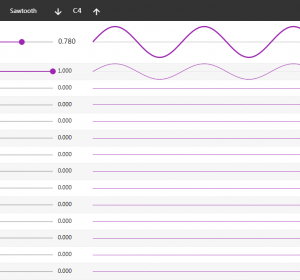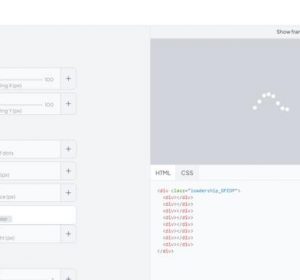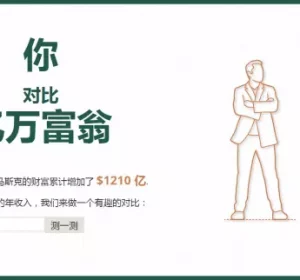JavaScript Promise API
同步编程通常来说易于调试和维护,然而,异步编程通常能获得更好的性能和更大的灵活性。异步的最大特点是无需等待。“Promises”渐渐成为JavaScript里最重要的一部分,大量的新API都开始promise原理实现。下面让我们看一下什么是promise,以及它的API和用法!
Promises现状
XMLHttpRequest API是异步的,但它没有使用promise API。但有很多原生的 javascript API 使用了promise:
- Battery API
- fetch API (XHR的替代品)
- ServiceWorker API
Promises将来只会变得越来越流行、普遍,非常重要,所有的前端开发人员都将用到它。另一个值得注意的是,Node.js是基于Promises的平台(很显然,Promise是它的一个核心特征)。
Promises的用法比你想象的要简单——如果你以前喜欢使用setTimeout来控制异步任务的话!
Promise基本用法
new Promise()构造器可以用在传统的异步任务中,就像以前 setTimeout 和 XMLHttpRequest 的用法一样。一个新的 Promise 使用 new 关键字生成,同时,这个 Promises 提供了 resolve 和 reject 函数让我们执行回调操作:
var p = new Promise(function(resolve, reject) {
// Do an async task async task and then...
if(/* good condition */) {
resolve('Success!');
}
else {
reject('Failure!');
}
});
p.then(function() {
/* do something with the result */
}).catch(function() {
/* error :( */
})
程序员可以手动的在回调函数内部根据执行情况调用 resolve 和 reject 函数。下面是一个比较具有现实意义的例子,它将一个 XMLHttpRequest 调用转换为 基于 Promises 的任务:
// From Jake Archibald's Promises and Back:
// https://www.html5rocks.com/en/tutorials/es6/promises/#toc-promisifying-xmlhttprequest
function get(url) {
// Return a new promise.
return new Promise(function(resolve, reject) {
// Do the usual XHR stuff
var req = new XMLHttpRequest();
req.open('GET', url);
req.onload = function() {
// This is called even on 404 etc
// so check the status
if (req.status == 200) {
// Resolve the promise with the response text
resolve(req.response);
}
else {
// Otherwise reject with the status text
// which will hopefully be a meaningful error
reject(Error(req.statusText));
}
};
// Handle network errors
req.onerror = function() {
reject(Error("Network Error"));
};
// Make the request
req.send();
});
}
// Use it!
get('story.json').then(function(response) {
console.log("Success!", response);
}, function(error) {
console.error("Failed!", error);
});
Promise.resolve() 和 Promise.reject() 可以直接被调用。有时候,当判断出 promise 并不需要真正执行时,我们并不需要 使用 new 创建 Promise 对象,而是可以直接调用 Promise.resolve() 和 Promise.reject()。比如:
var userCache = {};
function getUserDetail(username) {
// In both cases, cached or not, a promise will be returned
if (userCache[username]) {
// Return a promise without the "new" keyword
return Promise.resolve(userCache[username]);
}
// Use the fetch API to get the information
// fetch returns a promise
return fetch('users/' + username + '.json')
.then(function(result) {
userCache[username] = result;
return result;
})
.catch(function() {
throw new Error('Could not find user: ' + username);
});
}
因为 promise 肯定会返回,所以,我们可以使用 then 和 catch 方法处理返回值!
then
所有的 promise 对象实例里都有一个 then 方法,它是用来跟这个 promise 进行交互的。首先,then 方法会缺省调用 resolve() 函数:
new Promise(function(resolve, reject) {
// A mock async action using setTimeout
setTimeout(function() { resolve(10); }, 3000);
})
.then(function(result) {
console.log(result);
});
// From the console:
// 10
then 回调动作的触发时机是 promise 被执行完。我们还可以串联 then 方法执行回调操作:
new Promise(function(resolve, reject) {
// A mock async action using setTimeout
setTimeout(function() { resolve(10); }, 3000);
})
.then(function(num) { console.log('first then: ', num); return num * 2; })
.then(function(num) { console.log('second then: ', num); return num * 2; })
.then(function(num) { console.log('last then: ', num);});
// From the console:
// first then: 10
// second then: 20
// last then: 40
你会发现,每次 then 调用都会以之前的 then 调用的返回值为参数。
如果一个 promise 已经执行完成,单 then 被再次调用时,回调动作将会被再次执行。而如果这个 promise 里执行的是reject 回调函数,这是再调用 then 方法,回调函数将不会被执行。
catch
catch 当一个 promise 被拒绝(reject)时,catch 方法会被执行:
new Promise(function(resolve, reject) {
// A mock async action using setTimeout
setTimeout(function() { reject('Done!'); }, 3000);
})
.then(function(e) { console.log('done', e); })
.catch(function(e) { console.log('catch: ', e); });
// From the console:
// 'catch: Done!'
通常我们在 reject 方法里处理执行失败的结果,而在catch 里执行异常结果:
reject(Error('Data could not be found'));
Promise.all
在我们的异步调用时经常有这样一种场景:我们需要同时调用多个异步操作,但希望只有等所有的操作都完成后,我们才去执行响应操作——这就是 Promise.all 的作用。 Promise.all 方法可以接收多个 promise 作为参数,以数组的形式,当这些 promise 都成功执行完成后才调用回调函数。
Promise.all([promise1, promise2]).then(function(results) {
// Both promises resolved
})
.catch(function(error) {
// One or more promises was rejected
});
一个很好的能演示 Promise.all 用法的例子是,执行多个 AJAX 操作(通过 fetch) 调用:
var request1 = fetch('/users.json');
var request2 = fetch('/articles.json');
Promise.all([request1, request2]).then(function(results) {
// Both promises done!
});
我们还可将fetch和电池状态API混合一起执行,因为它们返回的都是 promise:
Promise.all([fetch('/users.json'), navigator.getBattery()]).then(function(results) {
// Both promises done!
});
一旦 promise 里调用了reject函数,也就是执行被拒绝了,没有能够正常完成,情况会有些复杂。一旦 promise 被拒绝,catch 方法会捕捉到首个被执行的reject函数:
var req1 = new Promise(function(resolve, reject) {
// A mock async action using setTimeout
setTimeout(function() { resolve('First!'); }, 4000);
});
var req2 = new Promise(function(resolve, reject) {
// A mock async action using setTimeout
setTimeout(function() { reject('Second!'); }, 3000);
});
Promise.all([req1, req2]).then(function(results) {
console.log('Then: ', one);
}).catch(function(err) {
console.log('Catch: ', err);
});
// From the console:
// Catch: Second!
Promise.all 是非常重要的接口,将会在很多新诞生的 promise API中扮演重要的作用。
Promise.race
Promise.race 是一个有趣的函数——它不是等待所有的 promise 被resolve 或 reject,而是在所有的 promise 中只要有一个执行结束,它就会触发:
var req1 = new Promise(function(resolve, reject) {
// A mock async action using setTimeout
setTimeout(function() { resolve('First!'); }, 8000);
});
var req2 = new Promise(function(resolve, reject) {
// A mock async action using setTimeout
setTimeout(function() { resolve('Second!'); }, 3000);
});
Promise.race([req1, req2]).then(function(one) {
console.log('Then: ', one);
}).catch(function(one, two) {
console.log('Catch: ', one);
});
// From the console:
// Then: Second!
一个有用的场景是,从多个镜像服务器下载资源,一旦有一个返回,其它的返回也就不用处理了。
学会使用 Promises
Promises在过去几年是一个非常火爆的话题,它甚至从JavaScript里抽离出来变成了一个语言架构。相信很快我们将见到有愈来愈多的JavaScript API将使用以promise为基础的模式。



